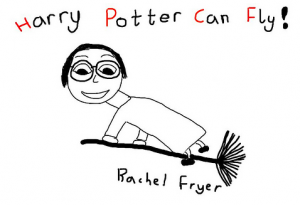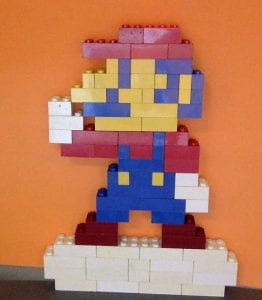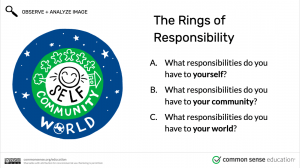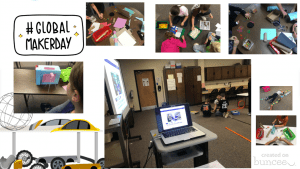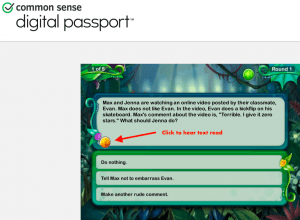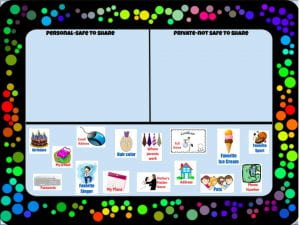The free 30 day trial for Cospaces is ending soon. The fifth graders enjoyed using the platform so much, I chose to write a White Oak Education Foundation Grant to get funding for 150 licenses. If and when the funding comes through, we will continue learning how to create AR and VR using Cospaces. In the meantime, students will be learning how to touch type, or proper keyboarding technique using Typing Club. The Typing Club platform called Typing Jungle varies the lessons between explanatory videos, skill practice, and games. I am always surprised by student response. Most students end up really enjoying the experience. Some students start off frustrated and have a hard time moving past it. There are over 600 lessons in Typing Jungle. Students will complete 126 lessons.
The fourth graders will tackle the third model in Digital Passport. This module is called Share Jumper. It is a video game based website that reviews what information is not safe to share online. When students complete all three levels, they earn a badge.
The third graders will review what constitutes personal information. They will understand that a small section of personal information is not safe to share online without their parents’ permission. Students will demonstrate their understanding by dragging the images of different types of personal information into the safe to share column or the not safe to share column on the Google Drawing posted in Google Classroom. The image below shows the correct response.
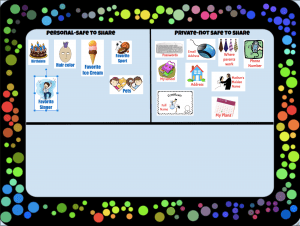

As I predicted, some 5th graders cannot wait for next week’s opportunity to continue Typing Club, while some are dreading the torture. I know there is a huge controversy concerning the need for students to learn to touch type, but it is one of the Texas Technology TEKS for 3rd-5th grade. I think it is important for students to at least be exposed to it.
Some of the 4th graders struggled with the Share Jumper module in Digital Passport because they are gamer challenged liked me. I have a hard time getting my fingers to click the right keys while jumping and moving to the right or left. It was super simple for some, and very frustrating for others, but they all persevered and successfully completed the module.
I am very impressed with how quickly the 3rd graders have caught on to completing assignments in Google Classroom. Most of the students do not even have to grab their headphone bag to complete the assignment. Students also quickly caught on to why some of their personal information should remain private online.
